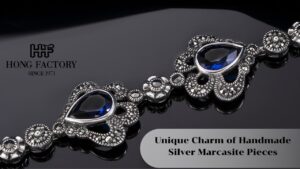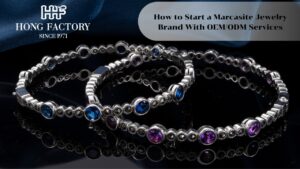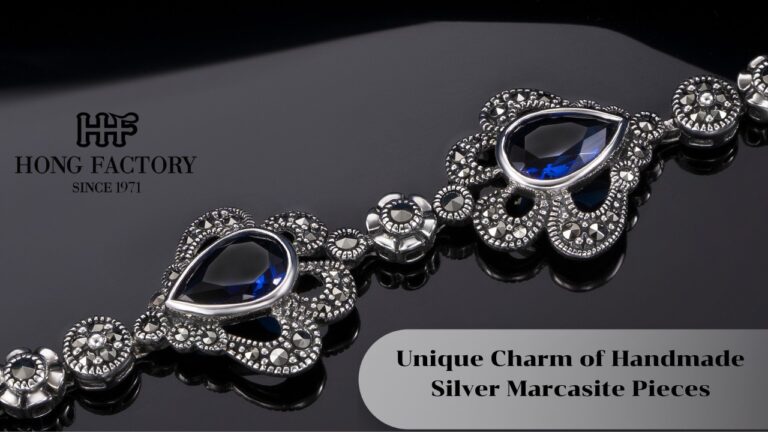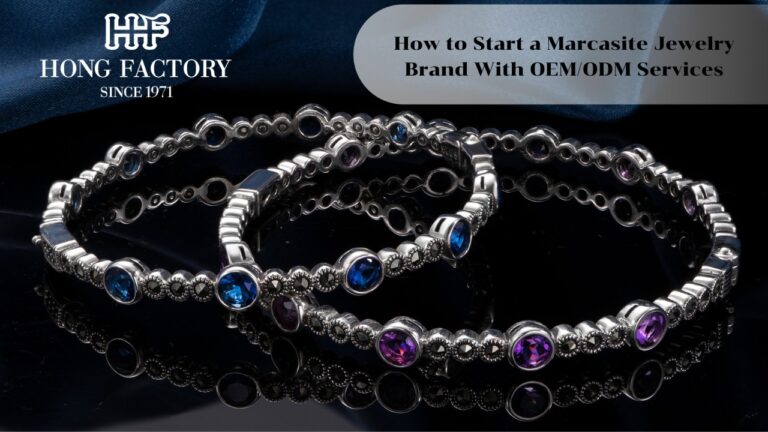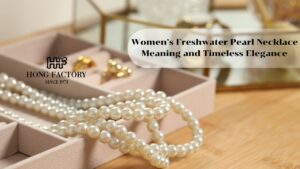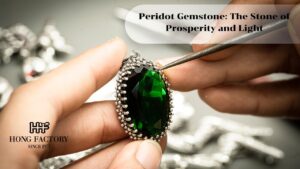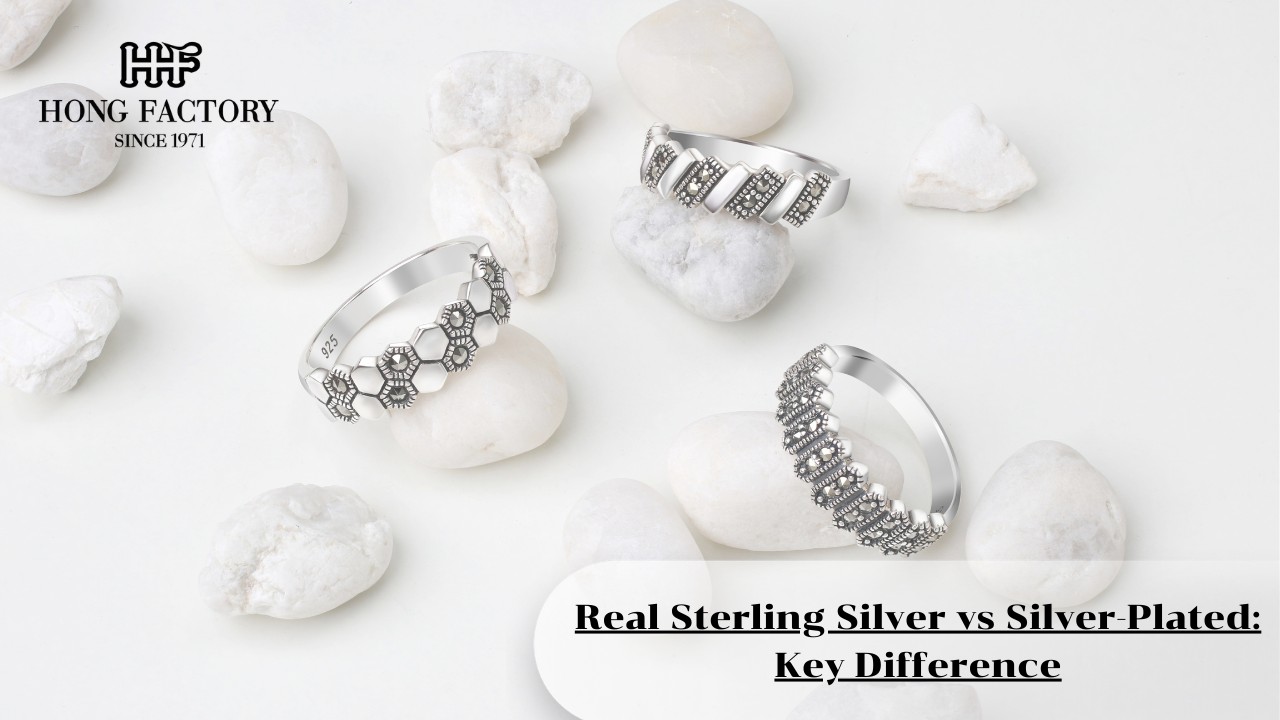
When shopping for jewelry, it’s easy to confuse sterling silver with silver-plated items. Both shine beautifully, but their quality, durability, and value differ greatly. Understanding the key differences between real sterling silver and silver-plated jewelry helps ensure you make the right choice for your style and budget. In this article, we’ll explore what sets them apart, how to identify each, and which option is best for long-term wear. 925
What Is Real Sterling Silver?
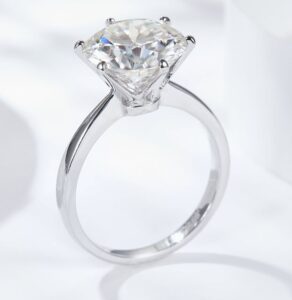
Real sterling silver is an alloy made from 92.5% pure silver and 7.5% other metals, usually copper. This combination provides strength and durability while maintaining silver’s natural brilliance. Sterling silver is a precious metal, giving it long-lasting value and making it a popular choice for fine jewelry.
What Is Silver-Plated Jewelry?
Silver-plated jewelry, on the other hand, is made from a base metal such as brass, copper, or nickel and coated with a thin layer of silver. While it offers the appearance of sterling silver at a lower price, the silver layer is very thin and can wear off over time, revealing the base metal underneath.
Real Sterling Silver: Key Benefits
Choosing real sterling silver comes with several advantages:
- Durability: Strong enough for daily wear and can last for decades.
- Hypoallergenic: Safer for sensitive skin compared to base metals used in plating.
- Restorability: Tarnish can be polished away, restoring its shine.
- Value: Retains intrinsic worth as a precious metal.
Silver-Plated Jewelry: Pros and Cons
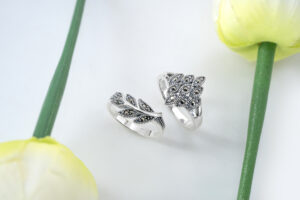
Silver-plated pieces are affordable and stylish but come with trade-offs:
- Pros: Lower cost, wide variety of designs, similar look to sterling silver.
- Cons: Prone to fading and peeling, less durable, may cause skin irritation, and holds little to no resale value.
How to Tell the Difference
To distinguish between sterling silver and silver-plated jewelry, try these tips:
- Check Hallmarks: Real sterling silver is stamped with “925,” “Sterling,” or “Ster.” Silver-plated items often lack hallmarks.
- Weight: Sterling silver feels heavier and solid compared to lighter plated items.
- Tarnish: Sterling silver tarnishes naturally but can be polished; silver-plated jewelry often reveals the base metal once worn.
- Price: If the price seems too low for fine silver, it’s likely plated.
Which Should You Choose?
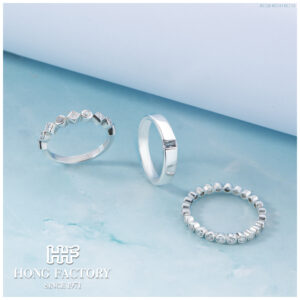
The choice depends on your priorities:
- If you want long-lasting jewelry with real value, choose sterling silver.
- If you want inexpensive, trendy pieces for short-term use, silver-plated jewelry may suffice.
Caring for Each Type
- Sterling Silver: Store in anti-tarnish pouches, clean regularly, and avoid harsh chemicals.
- Silver-Plated: Avoid water, perfume, and lotions, as these can wear away the thin silver layer quickly.
While both types of jewelry may look similar at first, their differences become clear over time. Real sterling silver offers superior durability, value, and comfort, making it the better long-term investment. Silver-plated pieces, though affordable, are better suited for occasional wear. By understanding these key differences, you can make smarter jewelry choices that suit both your style and lifestyle.

